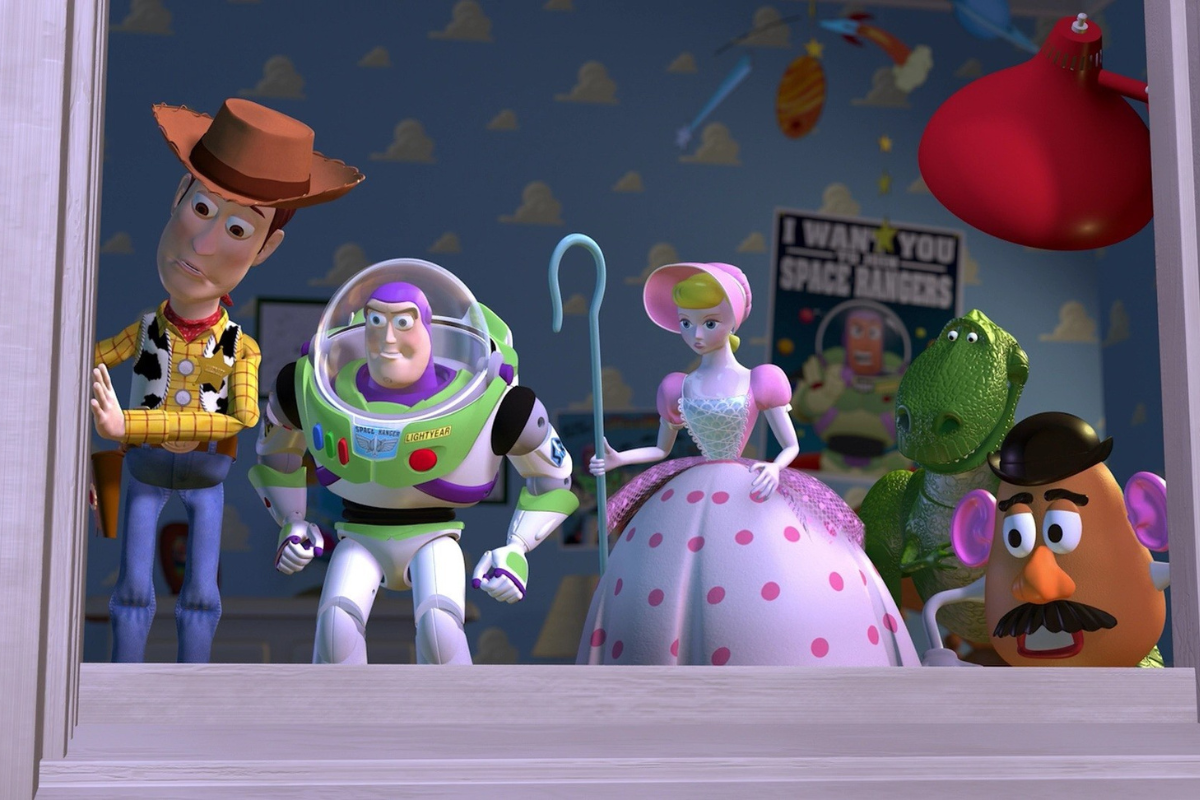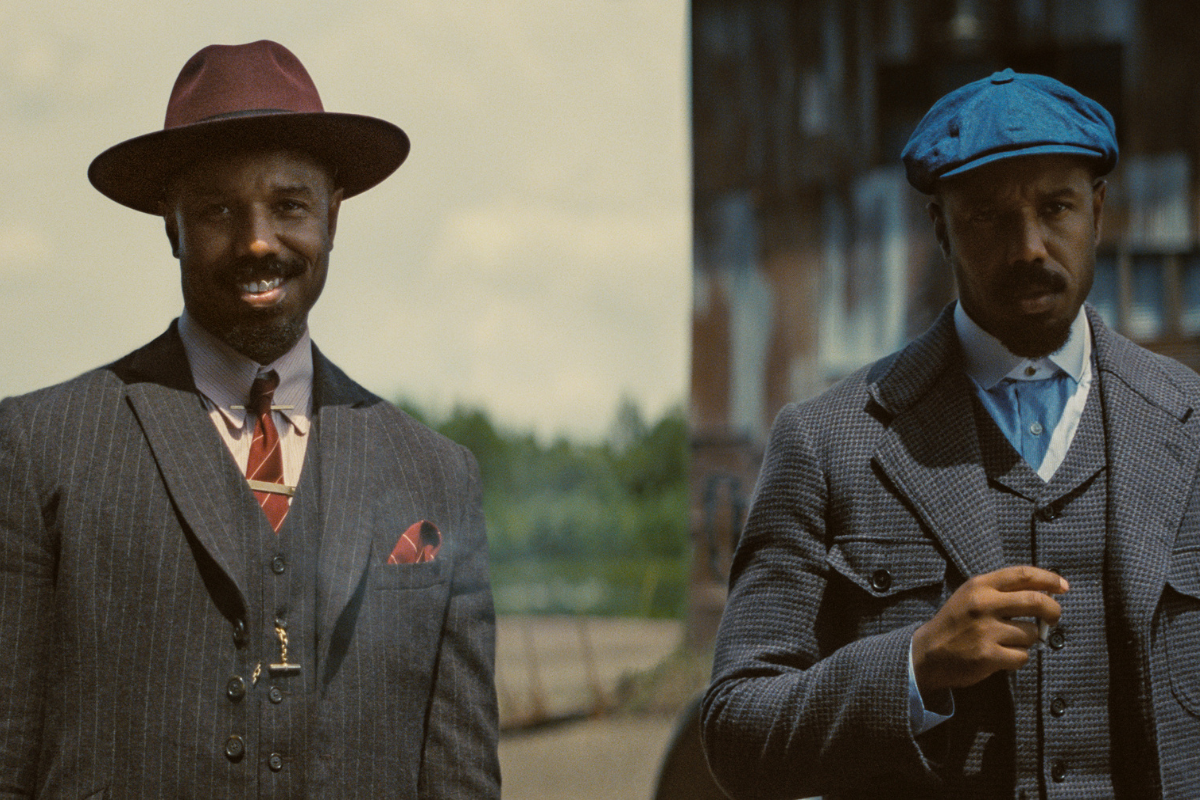Get Real: Movie Ideas – Why Didn’t I Think of That? Part 4
David Garrett has written feature films for DreamWorks, Disney, Sony, Universal, and Paramount. Follow David on Twitter @davidcgarrett. Movie ideas? You know your script is bad when the funniest thing…
David Garrett has written feature films for DreamWorks, Disney, Sony, Universal, and Paramount. Follow David on Twitter @davidcgarrett.
Movie ideas? You know your script is bad when the funniest thing about it is a typo. That happened with a screenplay I was working on with a partner, who was not the best speller. He wrote about a character who liked to take her overweight Dachshund on long walks to “exorcise” him. I thought it was hilarious to think of a wiener dog being possessed by the Devil. But that didn’t seem like a very sympathetic or identifiable protagonist—a dog who curses God, vomits pea soup and twists his head in circles. Still, the idea of a demon hound wreaking havoc seemed to have some comedic potential.
I had just watched Martin Scorsese’s Cape Fear. In the film, De Niro’s character blames his imprisonment on his incompetent lawyer, played by Nick Nolte. De Niro gets out of jail after 14 years and seeks revenge on Nolte. Something made me connect prison with the dog pound.
We thought: what if a dog is wrongfully “imprisoned” in the pound and then escapes to seek revenge on the person who sent him there?
But why would a person send an innocent wiener dog to the pound? We came up with a character (think Ben Stiller) whose fiancée is perfect in every way—except for her damn dog, which we named Mr. Biscuit. Ben is highly allergic to canines, and possessive Mr. Biscuit barks all night unless he sleeps in his master’s bed—right between them. There’s no way Ben’s future wife would give up the little guy because she’s so attached to him. But Mr. Biscuit is ruining their relationship, so Ben is desperate to get rid of this dog. That’s when Ben orchestrates a plot to have Mr. Biscuit picked up by animal control. Of course, resourceful as he is, Mr. Biscuit escapes and seeks revenge against the man that put him there. They battle it out, mano-a-paw, until Ben’s life is turned upside down.
We pitched the idea to Universal—Cape Fear with a dog. And they bought it. Cha-ching! I felt like we wrote a pretty funny script, though it never got made. It’s now sitting in a dusty stack of other unproduced projects like Deuce Bigalow 3: Manwhore in Space just waiting to be rediscovered. The bottom line: a happy accident led to a sale! What more can you ask?!
Another great way to come up with a fresh idea is to take a well-worn genre and reinvent it. Kevin Williamson did this with Scream—a masked serial killer operates according to the rules of horror movies. James Wan and Leigh Whannell did the same thing ten years later with Saw. Only they didn’t mean to reinvent anything—they did it out of necessity. The two struggling students just wanted to write a horror movie that they could afford to shoot.
Wan and Whannell began writing several scripts, but without any money, they had to make their ideas smaller and smaller. Finally Wan said, “What’s the cheapest thing we can do? Two guys in a room with no windows. We’ll chain them up so they can’t go anywhere. We’ll keep them in the room. That’s cheap.” And Bam! Saw was born with a revolutionary storyline—a serial killer who makes his victims kill each other.
But Whannell didn’t simply rest on the high-concept premise; he utilized a very personal viewpoint in creating a villain that resonated with audiences. During the writing of the script, Whannell spent time in a hospital due to debilitating headaches. It was during these stays that Whannell was given inspiration for the character, Jigsaw to have cancer. He told one interviewer, “It was weird to be 25 and sitting in a neurological ward, and I’m surrounded by people who actually had brain tumors. It was very scary and it was my first proper look at mortality.” Whannell gave a glimpse into his own trauma, and seven sequels later, audiences are still coming back.
To sum it all up: good scripts come from writers with a personal connection to the story and an elevated knowledge of the subject matter. You don’t have to be a Nobel Prize winner, but if the material is foreign to you, you’re going to have a tough time making it seem authentic.
Good ideas are a combination of old elements whose whole is greater than the sum of their parts. They are simple and fresh, but not so unique as to make them unmarketable. It’s the use of familiar elements in a new way that can create a great movie.
The brain can be trained in the process of coming up with ideas, but it should be a fun, creative exercise that happens without self-criticism. The goal is not to come up with a “good” idea, but to free up your mind so that you recognize a great concept when it hits you on the head.
Here is a fun drinking game called “The Instant Logline.” First, cut up about 100 pieces of paper about the size of a Chinese fortune (in a safe way so as to not slice off your own finger and have an excuse to sue me). Next, write the name of a different movie on each slip of paper and throw them all into a hat.
Now, pull out two movie names from the hat and within 30 seconds come up with a brand new film by combining the two titles. It doesn’t matter what the genre is, as long as your new movie combines elements from both.
For example, you might choose Brokeback Mountain and Ghostbusters, which happened in a class I was teaching. Now, quickly, come up with an instant logline, like this: A homophobic Wall Street stockbroker moves into a newly-renovated penthouse only to discover it is haunted by a gay ghost. If you’re really ambitious, throw in a bit more meat on the bones: A buddy comedy with heart, in which a flamboyant spirit teaches his womanizing roommate how to be a better man.
Next, you might choose Tootsie and Seven (also from a class). Come up with an instant logline for that one: A rookie detective teams up with a cross-dressing veteran to capture a serial killer. That sounds like a period drama set in the 80’s New York City drag scene.
Don’t worry about being too literal. You’re not tied to any specific plot point or character in either film, rather, you’re looking for whatever element sparks your interest. But if you can’t come up with an idea in 30 seconds, you have to take a shot. The point is not to come up with a good idea, the point is to come up with an idea fast, without over-thinking it.
Don’t take this exercise to suggest that you should only use movies to come up with ideas. It’s just a way to get your brain moving; however, you can use movies as another “fact” in the “chain of facts” that you're using to come up with new concepts.
You can also add in other elements such as time periods, locations, or occupations. So, for example, you might draw out Pulp Fiction and “Medieval Times.” Now you have to come up with a movie about a team of hit men in the 15th Century. Maybe you pull out a place—The Moon—and 28 Days Later. Sounds like a zombie movie set at a futuristic moon outpost to me. Get the process?
Now, go crazy with the Instant Logline game! But don’t drink and drive afterward. We need you around for the premiere of Deuce Bigalow 3: Manwhore in Space.
Other parts of this series...
- Part 1 Movie Ideas – Why Didn’t I Think of That?
- Part 2 Movie Ideas – Why Didn’t I Think of That?
- Part 3 Movie Ideas – Why Didn’t I Think of That?
Get more help on story ideas with Screenwriting University's online class
Creating High Concept Screenplay Ideas







